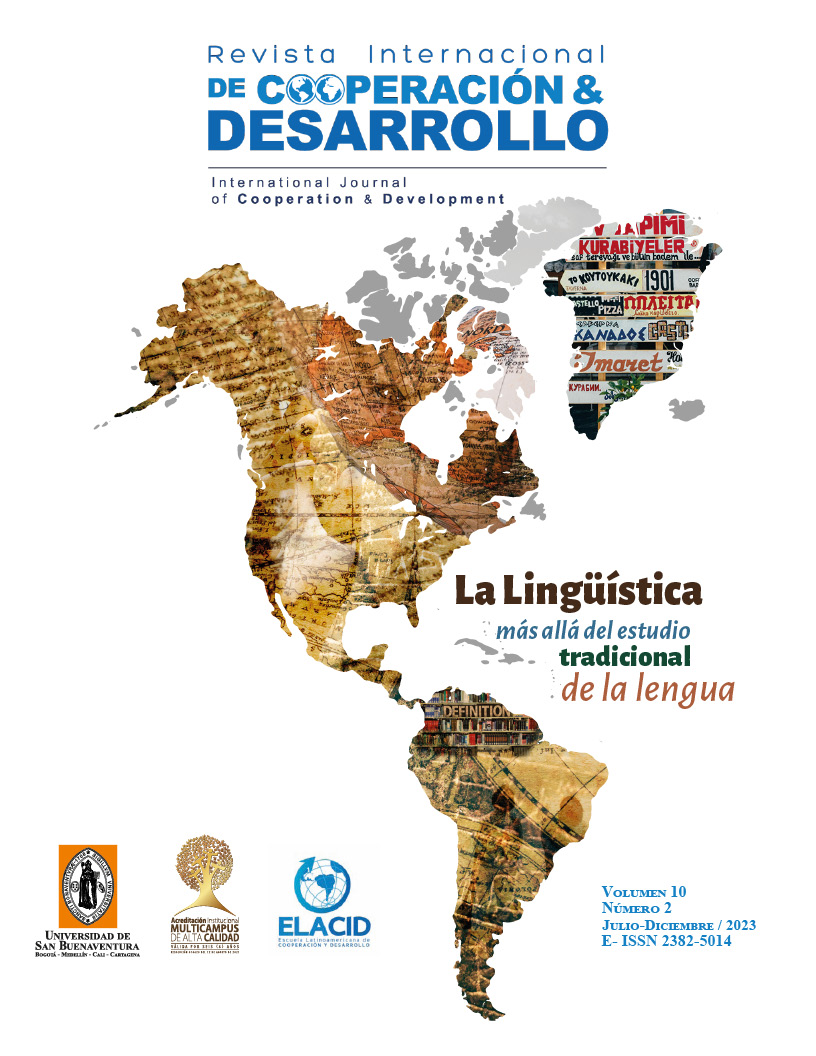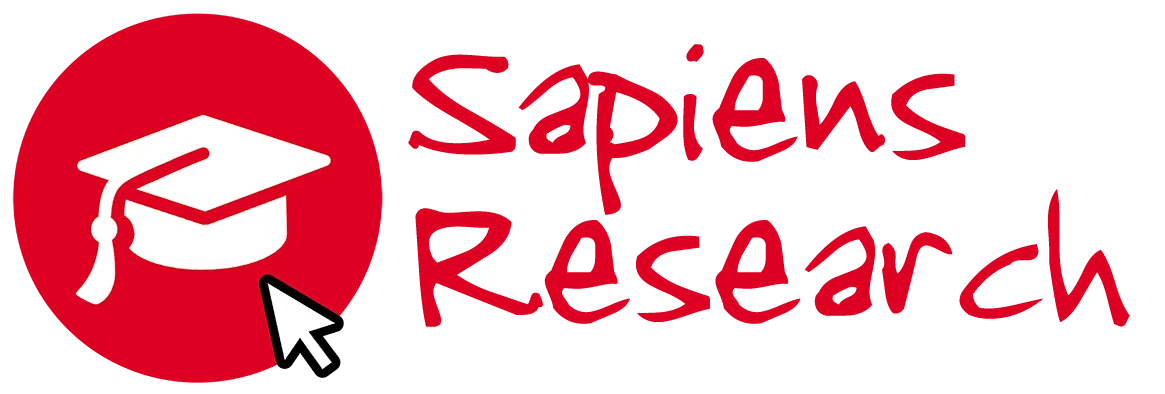INTERNATIONAL JOURNAL OF COOPERATION AND DEVELOPMENT
Assignment of Rights
Authorization for reproduction, publication, communication and distribution of a literary, artistic or scientific
Work.
I , ____________________________________________, author of the book and / or article , of legal age , resident of the city of _________________ , identified with citizenship / passport n° ______________________ issued on _______________________, in exercise of his physical and mental faculties , part henceforth be called the AUTHOR , supports the following authorization to the reproduction, publication, communication and distribution of a work, perform the following terms:
1. Regardless of current legal regulations due to the linking of the parties to this contract, and any kind of legal presumption , the parties agree that the AUTHOR authorize ( name of the publisher ) to reproduce , publish , communicate and distribute the material referred to in the International Journal of Cooperation and Development of the University of San Buenaventura.
2. Such authorization lies in particular on the copyright of the work, by any means known or unknown, publication of the work, distribution of the work , either directly or through third parties for purely educational purposes.
3. AUTHOR agrees to report and declare the existence of this authorization and to preserve the right of the International Journal of Cooperation and Development of the first publication of the work.
4. AUTHOR declares that the article is original and that it is his sole creation, no impediment of any kind exist for the authorization he is doing, besides being responsible for any action claim, plagiarism or other type of claim that might arise about .
5. Such permission is free of charge.
6. Moral copyright in the article are solely the AUTHOR and the University of San Buenaventura expressly agrees to recognize and respect them rigorously.
The Author and / or AUTHORS
SIGNATURE
Abstract
This article shows how the process of collecting and sociolinguistic analysis of a corpus of written language was carried out in a university academic environment. Variables such as stratum, gender and age, nebulosity index, lexical density and argumentative strength are taken into account. To collect information, an argumentative text was requested to be written based on a generic question about the situation of teacher professionalization; Also, a sociocultural questionnaire was implemented. The data were analyzed under a mixed research approach. The characterization of the corpus and analysis was done using the WordSmith Tools, TermoStat Web 3.0 and SPSS programs. The results allowed us to consolidate the corpus of analysis of a doctoral work and explain social and textual links in the production of argumentative texts. Although social variables did not significantly influence the results, writing time did. This study emphasizes the need to take into account social variables in the production of texts at the university to generate alternatives that contribute to guiding these writing practices.
References
Ávila, F. (2003). Cómo se escribe. Norma.
Barrio-Cantalejo, I. M., Simón-Lorda, P., Melguizo, M., Escalona, I., Marijuán, M.I., y Hernando, P. (2008). Validación de la Escala INFLESZ para evaluar la legibilidad de los textos dirigidos a pacientes. Anales del Sistema Sanitario de Navarra, 31 (2), 135-152. http://scielo.isciii.es/scielo.php?script=sci_arttext&pid=S1137
Bhatia, V. (1993). Analysing genre: Language use in professional settings. Longman.
Biber, D; Johansson, S; Leech, G; Contad, S., & Finegan, E. (2007). Logman Grammar of Spoken and Writen English (Sixth impr). England: Pearson Education Limited.
Biber, D. (1999). Representativeness in corpus design. Literary and Linguistic Computing, 8(4), 243–257. https://doi.org/10.1093/llc/8.4.243
Blas, J. L. (2005). Sociolingüística del español: desarrollos y perspectivas en el estudio de la lengua española en contexto social. Cátedra Lingüística.
Caicedo, M. (1997). Introducción a la sociolingüística. Universidad del Valle.
Calsamiglia, H., & Tusón, A. (2001). Las cosas del decir. Manual de análisis del discurso. Barcelona: Ariel.
Carlino, P. (2003). Leer textos científicos y académicos en la educación superior: Obstáculos y bienvenidas a una cultura nueva. Uni-Pluri/Versidad, 3 (2) 17-23. https://aprendeenlinea.udea.edu.co/revistas/index.php/unip/article/viewFile/12289/
Carlino, P. (2005). Escribir, leer y aprender en la universidad. Una introducción a la alfabetización académica. Fondo de Cultura Económica.
Carlino, P. (2013). Alfabetización académica diez años después. Revista Mexicana de Investigación Educativa (RMIE), 18 (57), 355-381. http://www.redalyc.org/pdf/140/14025774003.pdf.
Fundación del Español Urgente (Fundéu DLE). (2021). Consideraciones teóricas en torno a la riqueza lingüística. https://www.fundeu.es/consideraciones-teoricas/
Galindo, A. (2012). Producción argumentativa escrita en lengua materna de estudiantes en formación universitaria bilingüe y tradicional en la Universidad del Quindío, Colombia. Forma y Función. 25 (2), 115-137. https://revistas.unal.edu.co/index.php/formayfuncion/article/view/39835.
Henao, J. I., y Castañeda, L. S. (2002). Ciencia y pedagogía: El papel del lenguaje en la apropiación del conocimiento. Arfo.
Hernández, J. M., y Almeida, M, (2005). Metodología de la investigación sociolingüística. Comares.
Hernández, R; Fernández, C., y Baptista, M. P. (2014). Metodología de la Investigación. (6a ed.). Mc Graw-Hill
Lancaster University. (2019). Uso de WordSmith para la investigación basada en Corpus. https://www.lancaster.ac.uk/fss/courses/ling/corpus/blue/wordsmith_top.htm
Leech, G. (1997): «Teaching and language corpora: a convergence», en WICHMANN, A., y otros (eds.): Teaching and language corpora. Londres. Longman, 1-23.
López, H. (2004). Sociolingüística. (3 ed.). Gredos.
López-Pérez, M. V. (2008). Estudio sobre la lengua de instrucción (LI): un índice de frecuencias léxicas lematizado a partir de un manual escolar. Resla, 21, 221-229. file:///C:/Users/PC/Downloads/Dialnet-EstudiosSobreLaLenguaDeInstruccionLI-2926037.pdf
Molina, M. E. (2017). Escritura académica, argumentación y prácticas de enseñanza en el primer año universitario. Enunciación, 22 (2), 138-153. DOI: http://doi.org/10.14483/22486798.11929
Morales, O. A., y Cassany, D. (2008). Leer y escribir en la universidad: Hacia la lectura y la escritura crítica de géneros científicos. Memoralia, (5) 69-82. http://www.saber.ula.ve/handle/123456789/16457
Navarro, F. (2018). Didáctica basada en géneros discursivos para la lectura, la escritura y la oralidad académicas. Navarro, F., y Aparicio, G. (comp). Manual de lectura, escritura y oralidad académicas para ingresantes a la universidad. (1ª ed). Universidad Nacional de Quilmes.
Niño, V. M. (2011). Metodología de la investigación. Diseño y ejecución. (1ª ed.). Ediciones de la U.
Noemi, C., & Rossel, S (2017). Competencia argumentativa psicosocial: esquemas, estructura y tipos de argumentos en estudiantes universitarios chilenos. Lenguaje, 45 (1), 11-33. http://www.scielo.org.co/pdf/leng/v45n1/0120-3479-leng-45-01-00011.pdf
Ñaupas, H., Valdivia, M. R., Palacios, J. J., y Romero, H. E. (2018). Metodología de la investigación cuantitativa-cualitativa y redacción de la tesis. Quinta edición. Ediciones de la U.
Olave, G., Rojas, I., y Cisneros, M. (2013). Leer y escribir para no desertar en la universidad, Folios. 38, 45-59. http://www.scielo.org.co/pdf/folios/n38/n38a04.pdf
Pardo, F., y Baquero, J. (2001). La estructura argumentativa: base para la comprensión y producción de textos científicos y argumentativos. Forma y Función. 14, 98-118. https://revistas.unal.edu.co/index.php/formayfuncion/article/view/17218
Parodi, G. (2008). Lingüística de corpus: Una introducción al ámbito. Rla, 46(1), 93–119.
Perea, F. J. (2015). Gramática y producción textual: bases lingüísticas para la intervención didáctica. Tejuelo (22), 94-119. https://dialnet.unirioja.es/servlet/articulo?codigo=5317964
Plantin, C. (2005). La argumentación. Ariel.
Quiroz, G. (2003). Tendencias profesionales de las industrias del lenguaje y la formación de profesionales del lenguaje. 131–149. Retrieved from https://www.researchgate.net/publication/270453146_Preparacion_y_procesamiento_de_un_corpus_para_la_creacion_de_materiales_en_clase_de_espanol_para_propositos_especificos/link/54ab26550cf2ce2df668da32/download
Riccardi, D., Agudelo Taborda, J., y Bossio Blanco, V. del C. (2022). Desigualdad socioeconómica en América Latina y Colombia. Panorama de las políticas públicas para la redistribución de la riqueza. Revista Internacional de Cooperación y Desarrollo, 9 (2), 18–33. https://doi.org/10.21500/23825014.6093
Ruiz, F. J., Márquez, C., Badillo, E., y Rodas, J. M. (2018). Desarrollo de la mirada profesional sobre la argumentación científica. Revista Complutense de Educación, 29 (2), 559-576. http://dx.doi.org/10.5209/RCED.53452.
Santibáñez-Yáñez, C. (2015). Robustez como categoría para el análisis de la cognición: el caso de la competencia argumentativa. Cinta Moebio. 52, 60-68. doi: 10.4067/S0717-554X2015000100005
Serrano, M. J. (2011). Sociolingüística. Ediciones del Serbal.
Silva-Corvalán, C. (2001). Sociolingüística y pragmática del español. Georgetown University Press.
Tindale, Ch. y Barrientos, R.M. (2021) “Argumentos fuertes / Strong Arguments. - Una discusión sobre "La fuerza de los argumentos y la perspectiva retórica" de Corina Yoris- Villasana (RIA 21, 2020). Revista Iberoamericana de Argumentación, 22:140-150.
Thomas, D. (2005). Type-token Ratios in One Teacher’s Classroom Talk: An Investigation of Lexical Complexity. 1–23.
Tolchisky, L. (2014). El uso de corpus lingüísticos como herramienta pedagógica. Textos de Didáctica de la Lengua y de la Literatura. 65, 9-17. https://diposit.ub.edu/dspace/bitstream/2445/66774/1/653407.pdf
Vega, L. (2013). La fauna de las falacias. Trotta.
















